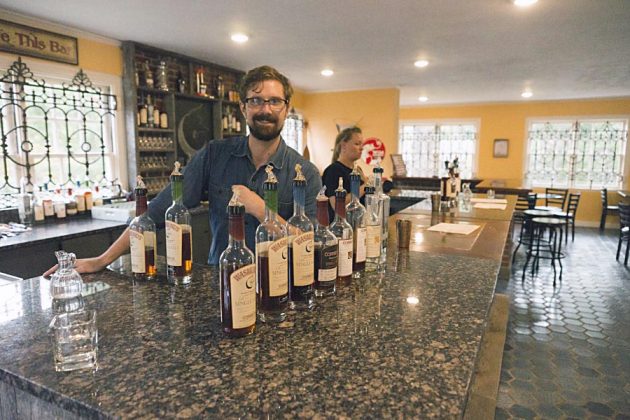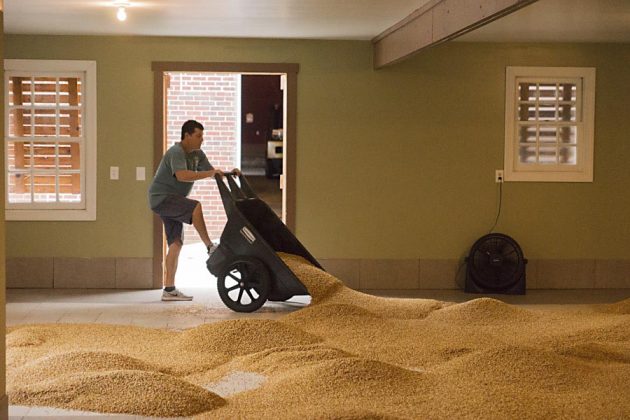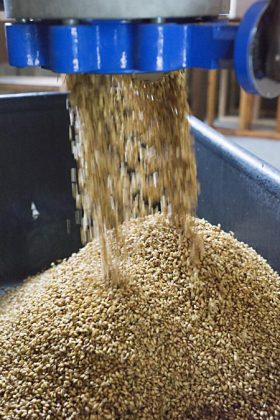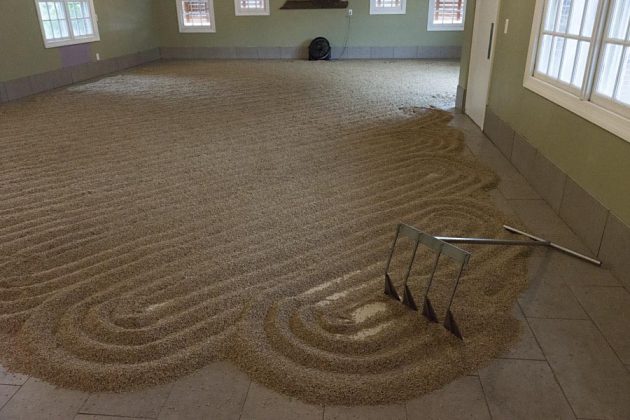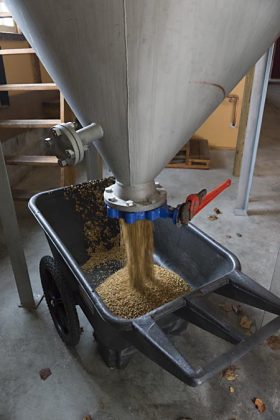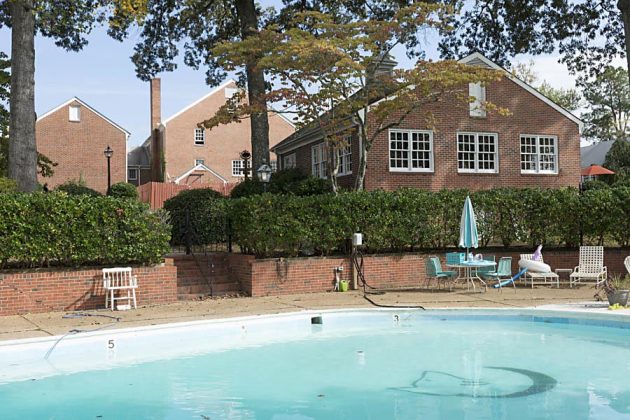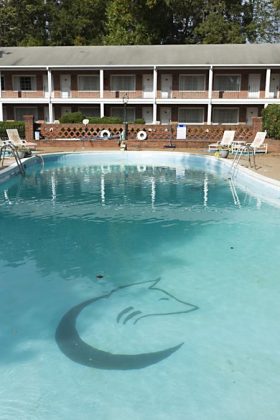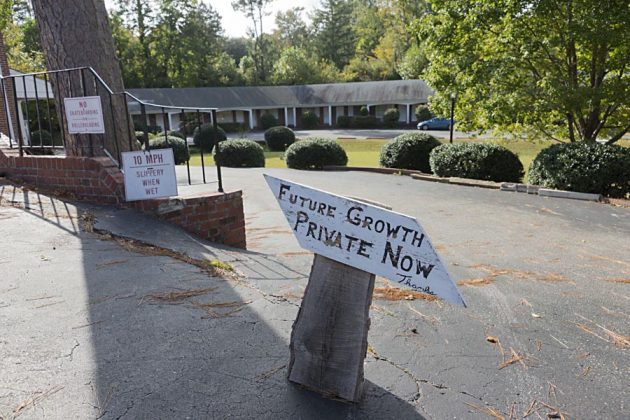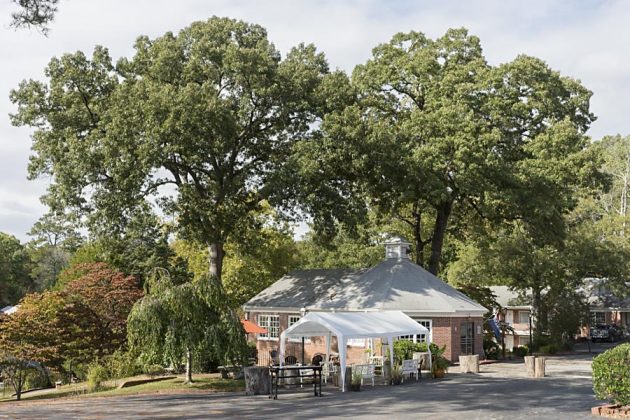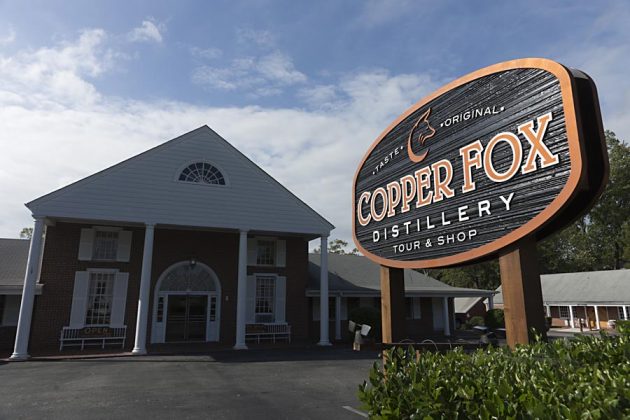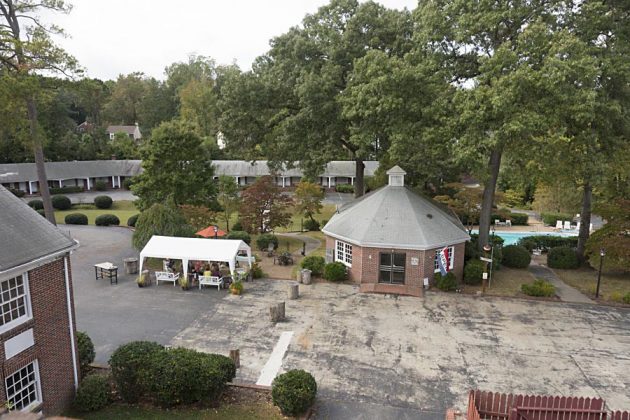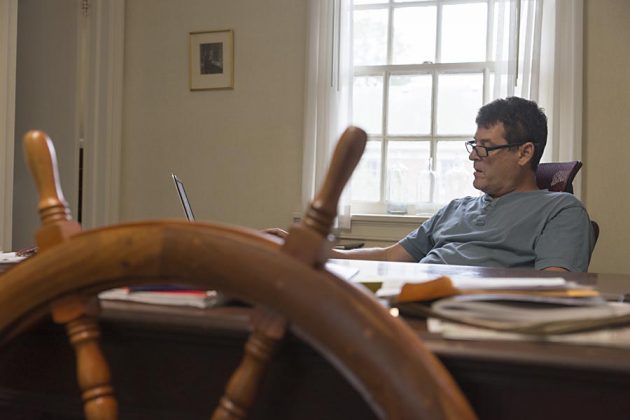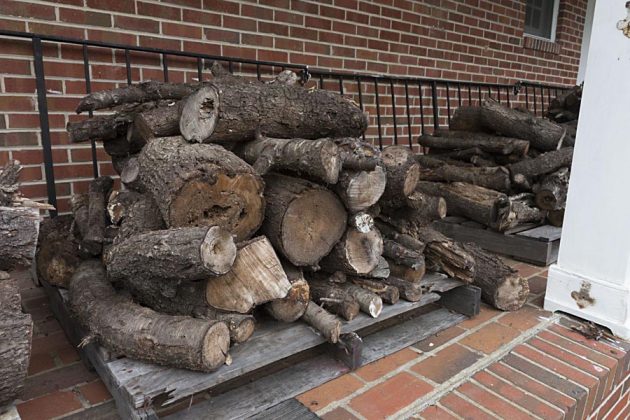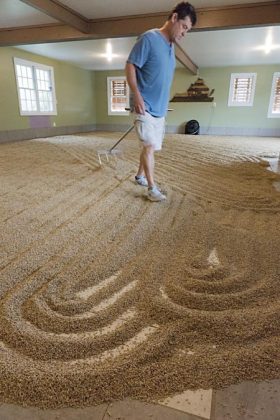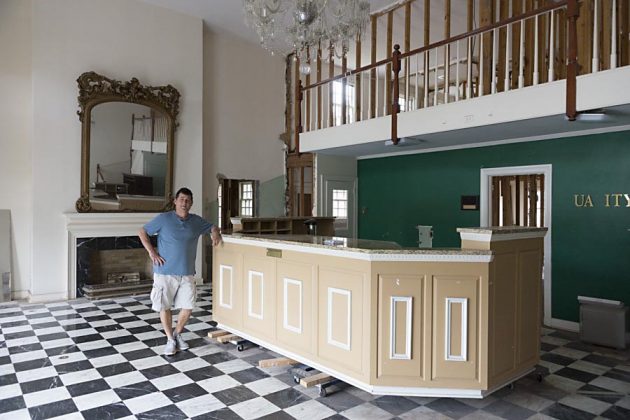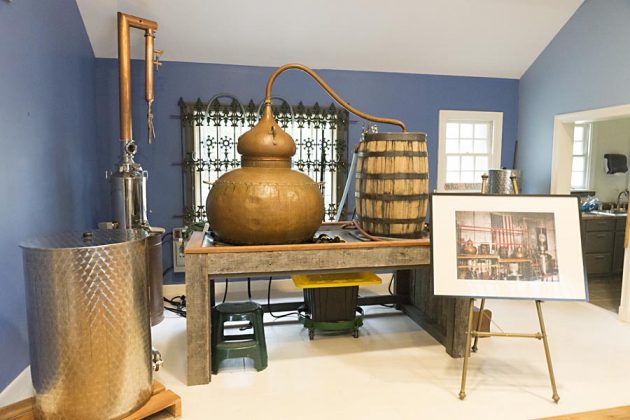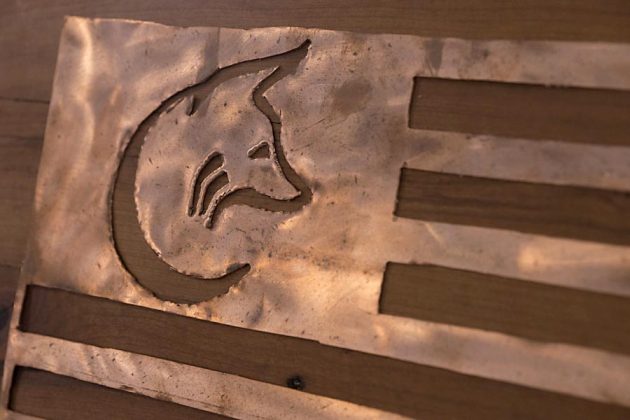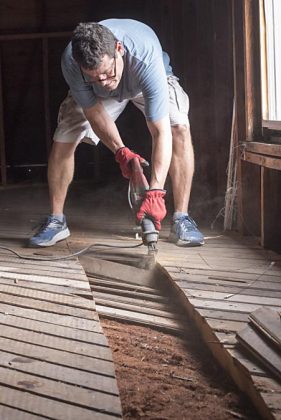Nothing will bring wrath down upon me faster than avowing that something is the only example of its kind, and to save you the trouble of lighting up my Twitter feed with furious contradiction, I will not even attempt to make that sort of claim about Rick Wasmund’s new location of Copper Fox Distillery, its second branch, in Williamwsburg, Virginia, which opened in July of last year. I will stick, rather, to the inarguable fact that Copper Fox is the only small distillery I have ever visited retrofitting a hotel as a second location in one of the most heavily-trafficked tourist attractions in America. Long established in Sperryville, Virginia—where the rolling hills of the central fox hunting country come up on the steeper climbs of the Shenandoah Valley—Copper Fox’s new spot near the historical reconstruction of Colonial Williamsburg—and its tourists—is almost three hours to the south, on the coast.
When Rick got into this game, back in 2005, one could have found out if there were another distillery with two locations in about 15 minutes. Back then, a telephone call with Bill Owens and some fried chicken out at Starlight in Indiana was all anyone needed to complete a graduate-level education in craft distilling. You could walk into the bar at the Seelbach Hotel and see half of the industry represented.
Times have changed.
Many among Wasmund’s cohort of early movers have sold their distilleries, and some have closed up shop. The industry has weathered dustups, controversy and reorganization. The space is becoming ever more crowded.
Wasmund said, “I was just at a Virginia Distillers Association festival, there were 40 distilleries there. And there’s going to be 60 next year.”
Throughout, Rick Wasmund has clicked along. His line of whiskeys has steadily expanded. He has continued to use only barley grown in Virginia. Copper Fox still malts all of its own barley. His original vision included smoking his malts with fruit wood during the drying process, and he continues to do so today. He has stuck to his guns.
“When I’m worm food,” he says with a sly grin, “I’d like people to say that I stuck to it. Sometimes original ideas are worth pursuing.”
What’s interesting about the second Copper Fox is that it isn’t a remote tasting room, it isn’t a gift shop at the airport, it isn’t an extension of the brand. Of course, there is a tasting room and a gift shop and it is part of the same brand as its sister to the north, but it is an entire production facility.
The signs were going up on the highway the day I visited, right after the road crew got the sign up for the Taco Bell.
The city of Williamsburg had purchased the Lord Paget Hotel property in November of 2011 for $697,400. The hotel was built in the 1950s, and buildings were added on in the 1970s. Today, the property comprises 6.5 acres and nine buildings.
“This was the queen of Williamsburg hotels!” said Wasmund, and it does seem as if it was grand. Through the scrim of construction dust, one can see black-and-white tile in the foyer, big mirrors and a commanding front desk. It’s also clear that its best days as a hotel were behind it.
Wasmund estimates that he’ll create two dozen jobs in Williamsburg. The Williamsburg Yorktown Daily reported that “City estimates suggest the distillery will generate $216,000 in tax revenue for the first six years of operation, and then $86,000 in successive years.”
Wasmund purchased the property for $600,000 in June of 2014, and got right to work doing the same things he’d done a decade before—licensing, still purchase, work flow.
Many of his processes—honed over the course of the years—will stay the same, but they will happen at greater scale and with greater efficiency.
Wasmund is of long renown for malting his own grain. There were 5,000 pounds of barley on the malting floor when I visited. (He sells the malt to breweries [about 150], too, as a tidy side business. ) The facility has four times the malting capacity of Sperryville, and it’s easier to run. Malt will be produced at half the cost.
The still that’s going in is twice the size of the one at the original site. He wanted an even bigger rig, but stipulations about hazardous material and explosions capped it. When he’s set up, however, the distilling will be cheaper and more efficient.
The cost per gallon, Wasmund estimates, will be half of what it is in Sperryville, and they will triple their capacity.
The rooms of the old Lord Paget cluster around the parking lot. Some of the buildings have been expanded and refigured to operate as warehouses (on the floor in the future rickhouse, I could see the old levels of the roof and the floor, doors would have opened at what was now mid-thigh). Others have been renovated as living quarters for Wasmund’s family. His nephews are there, as is his mother. He’s got three rooms for himself, his wife and his two kids.
Looking around, he nodded and smiled: “It’s a family compound.” He likes having people close, and he likes having people on-site all the time.
Eventually, there will be a speakeasy-style tasting bar, event rooms and perhaps some rooms for guests. He’d considered setting a part of the site up as a school for distilling, but he isn’t sure he’s going to go through with it. More pressing, of course, is finishing up the steel in the big building to house the still and finishing the renovation of the commercial kitchen, which will be available as part of the event package.
In the little tasting room—probably not the final spot, when all is said and done—Wasmund lined up his products.
I asked what it felt like to look at the original Copper Fox and the more recent iterations—the labels look more mature, the products are more sophisticated. He nodded and smiled.
The new whiskeys are big, full-flavor explosions. They, too, seem to have grown up. The peach wood single malt is muscular and burly.
“I think individuation is key,” said Wasmund, suggesting that one can’t make something that’s just like everything else and expect people to fall in love with it.
His gin, for instance, is deeply anise-flavored (three of the botanicals hit licorice or anise notes), its own thing.
While we talked, he was building me a drink, grinning. It was peach wood single malt, Simply Peach juice, a big rock, a slice of orange: “It’s called the ImPEACHment, it’s got an orange comb-over!”
Next up, we tried the lemonade and white whiskey: “Pirate Lemonade. Because it’s haaard.”
I groaned, of course.
But what I see in these recipes—the drinks themselves, the attitude with which they are created and served, the custom glassware, indeed the whole big project of building out what was a hotel in a hopping tourist destination—is a sea change in the spirit of distilling.
If ever there was a distiller dedicated to his ways, passionate about his ideas, wed to the craft, it has been Wasmund. What he’s building in Williamsburg is not a betrayal of any of that, but it is an environment that marries the hospitality side of the industry to the production side from the get-go. The tasting and touring is no longer an afterthought or just an advertisement. The place is designed to be toured. The bar is set up to sell tastes and cocktails—limited by license, but sold nonetheless. All to take into account that people want to visit these places where spirits are made, and they want to buy their products them directly.
Taking over a tourist-stop hotel is not an anachronistic step in today’s environment, it is a perfect expression of what Wasmund has learned. You keep your distillery viable in the tasting room by hand-selling bottles at retail.

